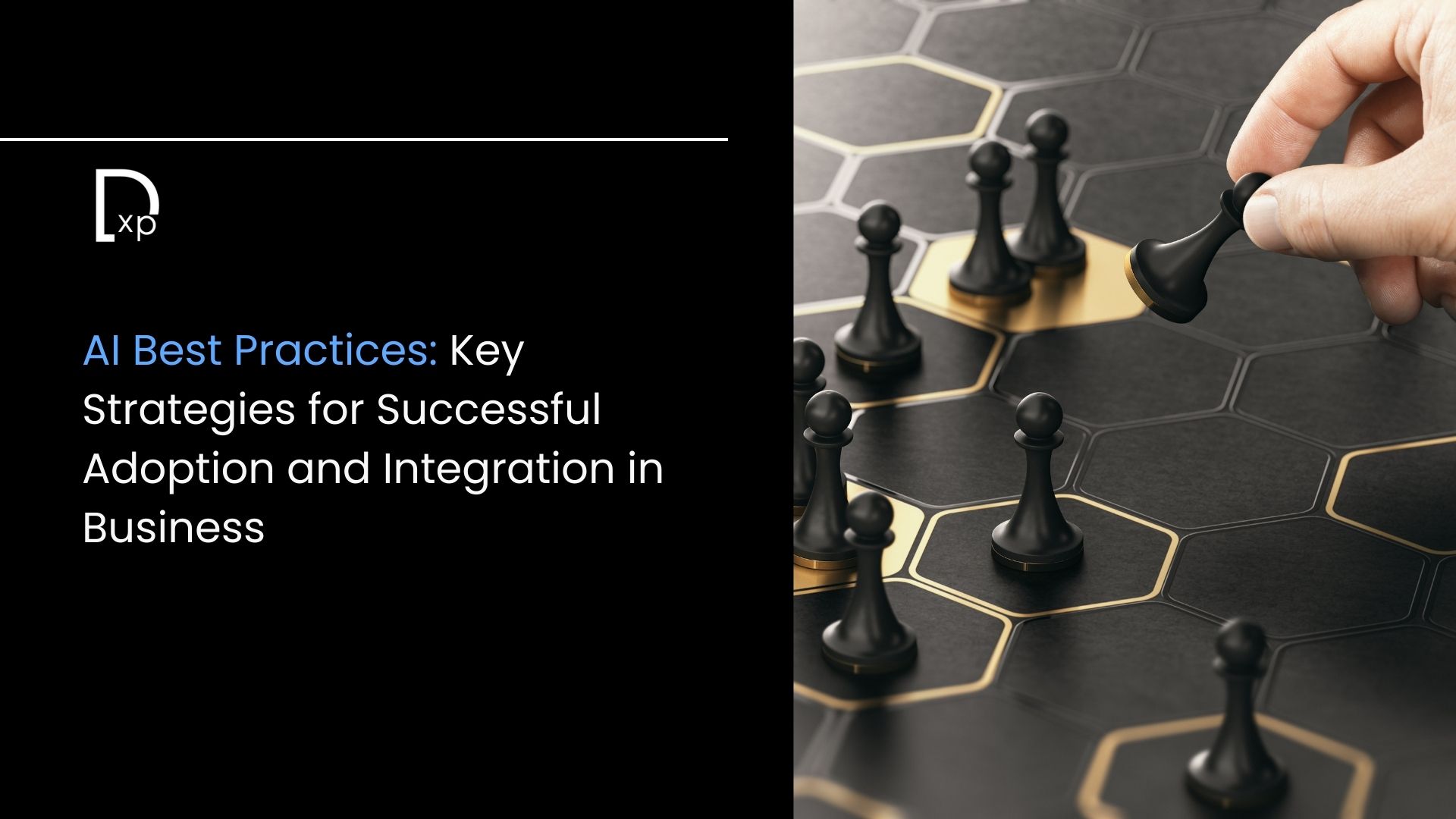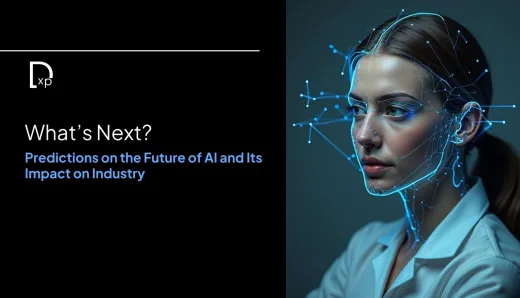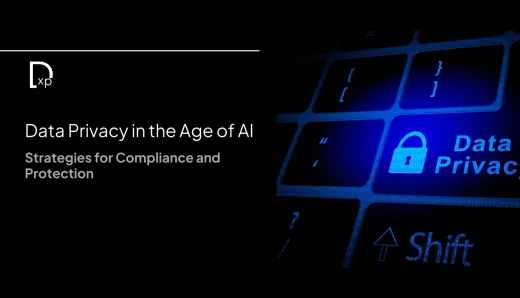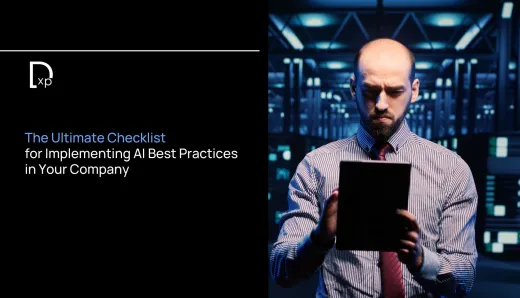AI Best Practices: Key Strategies for Successful Adoption and Integration in Business

Artificial intelligence isn’t just a buzzword. It’s a shift. A shift in how businesses operate, how decisions are made, and how value is created. It’s not the future—it’s the now. And as CMOs, leaders, and brand architects, it’s our job to make sure we don’t just chase the tech but that we embrace it with clarity, purpose, and strategy. Because if we get this right, AI doesn’t replace the human—it enhances the human. It scales what matters. It sharpens focus. It eliminates the busy work that distracts us from delivering real value. That’s why understanding AI best practices isn’t a technical exercise—it’s a leadership mandate.
AI Is a Tool, Not a Magic Wand
Let’s get one thing straight—AI is not magic. It won’t save a broken business model. It won’t fix a poor customer experience. And it certainly won’t solve for meaning. What it will do, when adopted with intention, is make your organization faster, smarter, and more responsive. The businesses that are winning with AI aren’t throwing algorithms at every problem. They’re using AI to amplify what already works. They’re asking better questions, setting clearer goals, and designing processes where the machine supports the mission—not the other way around.
The real AI best practices start not with code, but with curiosity. What’s the problem worth solving? What’s the inefficiency worth eliminating? What’s the experience worth elevating? Get that right, and you’ve got the foundation to build something that actually matters.
Start Small, Think Big, Act Now
The temptation with AI is to go all in—to hire the expensive consultants, overhaul every department, and launch the big transformation initiative. But here’s the truth: you don’t need to reinvent your company overnight. What you need is a pilot. A test case. A proof point. Something that shows your team what’s possible when humans and machines collaborate instead of compete.
Pick one high-friction workflow. One customer pain point. One internal bottleneck. Use AI to solve for that—then tell the story. The story of how you took a risk, experimented, and learned. That’s how momentum builds. That’s how culture shifts. And that’s how you get buy-in across teams, especially from skeptics who’ve seen too many trends come and go.
Brand Is the Filter, Not the Obstacle
Here’s where many marketers trip: they think AI threatens their voice, their creativity, their brand. But brand isn’t static. Brand is behavior over time. Brand is the pattern of promises you keep. And AI, when used well, helps you keep those promises at scale. It ensures consistency. It anticipates needs. It delivers personalization without creepiness, automation without coldness.
Whether it’s using AI to segment audiences more precisely, to optimize content in real time, or to deliver smarter customer journeys—AI best practices revolve around one core idea: using data to be more human, not less. The trick is to make sure your AI respects your voice, your values, and your audience’s trust. If it doesn’t, it’s not helping your brand. It’s hurting it.
Cross-Functional Collaboration Isn’t Optional
AI doesn’t live in marketing. Or IT. Or product. It lives in the spaces between. The teams that win with AI are the ones that tear down silos, not reinforce them. Because data isn’t useful when it’s locked up. Insights don’t matter if they aren’t shared. And AI doesn’t perform when it’s working in isolation.
You need marketers who can speak data. Engineers who understand customers. Product leads who think in narratives. That’s how you build systems that make sense—not just statistically, but emotionally. Because every algorithm affects a human experience. Every automation is a design choice. And every piece of AI should be rooted in empathy, not just efficiency.
Trust Is the Real Differentiator
Let’s talk about privacy. Ethics. Transparency. Because it doesn’t matter how powerful your AI is if your customers don’t trust you to use it wisely. In an age where attention is scarce and skepticism is high, the companies that lead will be the ones that are clear about what they collect, how they use it, and why it benefits the customer—not just the business.
One of the most overlooked AI best practices is governance. Have the conversations. Build the guardrails. Make sure your teams understand not just what the AI can do, but what it should do. This isn’t about compliance—it’s about credibility. And credibility is the foundation of any lasting brand.
Measure What Matters, Then Iterate
Vanity metrics won’t help you here. AI doesn’t succeed because engagement goes up or bounce rate goes down. It succeeds when it drives outcomes. Did it shorten the sales cycle? Did it improve retention? Did it save your team hours they can now spend on strategy instead of grunt work?
Build feedback loops. Look at how your AI systems perform in the wild. Don’t just optimize for performance—optimize for learning. The best AI deployments are never one-and-done. They’re experiments. Prototypes. Iterations. That’s how you stay ahead—by staying open.
Culture Eats Tech for Breakfast
At the end of the day, AI adoption isn’t about the software. It’s about the story. The mindset. The willingness to try, to learn, to evolve. You can buy the best tools in the world and still fail if your people don’t believe in the mission. If they don’t see the value. If they’re afraid it’s just another fad—or worse, a threat to their job.
So talk to your teams. Invite them in. Celebrate the wins, share the setbacks, and make AI something that empowers rather than intimidates. That’s how you create alignment. That’s how you build a culture that embraces change instead of resisting it.
This Is the Beginning, Not the End
AI is not a destination. It’s a new layer of capability. A new way of thinking. A shift in how we solve problems and serve customers. The companies that thrive in this new landscape won’t be the ones with the most data—they’ll be the ones with the most clarity. Clarity about their purpose. Their priorities. Their people.
So don’t wait for perfect. Don’t get lost in the jargon. Just start. Start where you are. Start with what you know. And start building a future where AI isn’t a disruption—it’s a partner.
Because in the end, the real AI best practices are human practices. Built on empathy. Driven by purpose. Powered by possibility.




